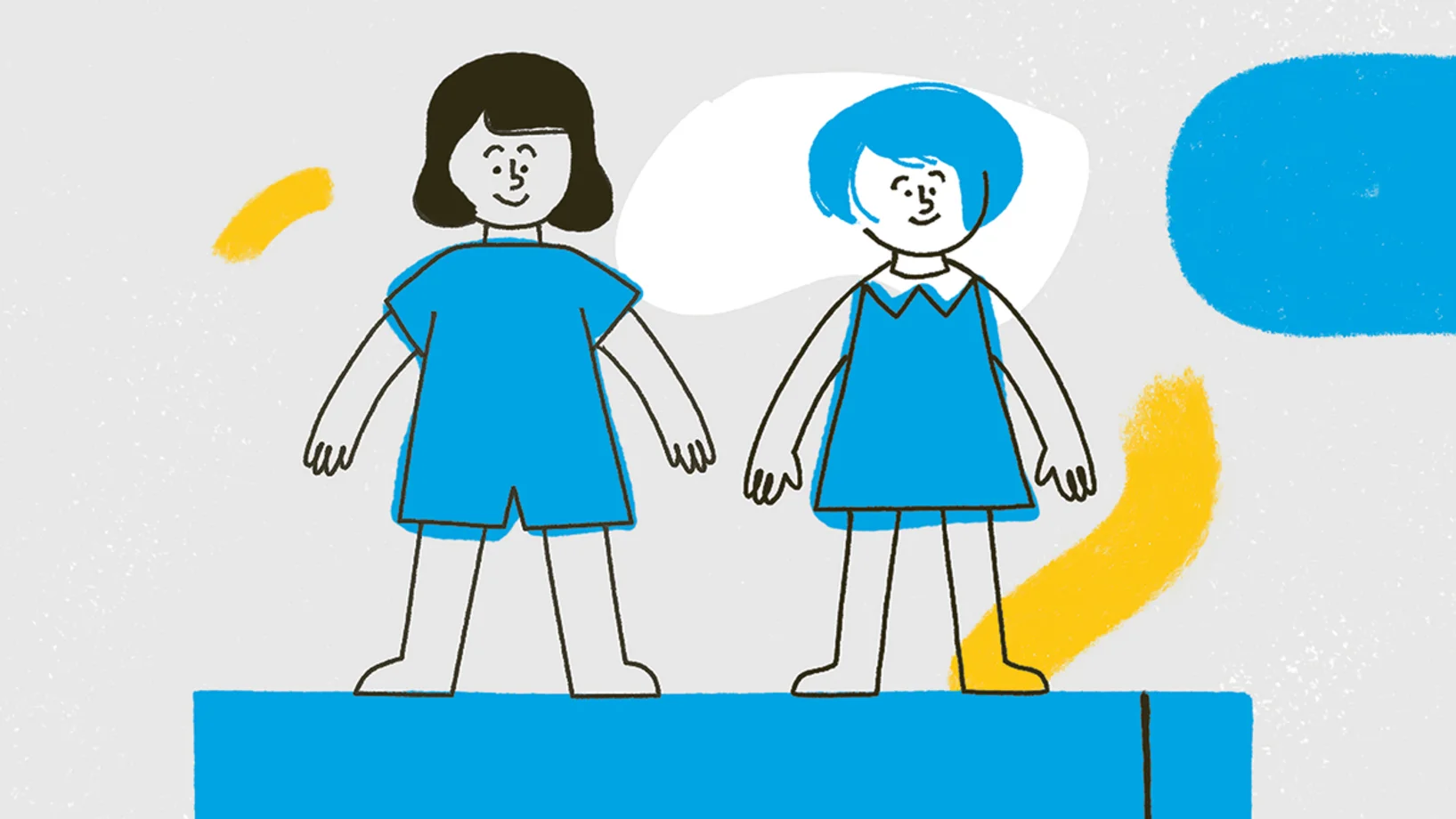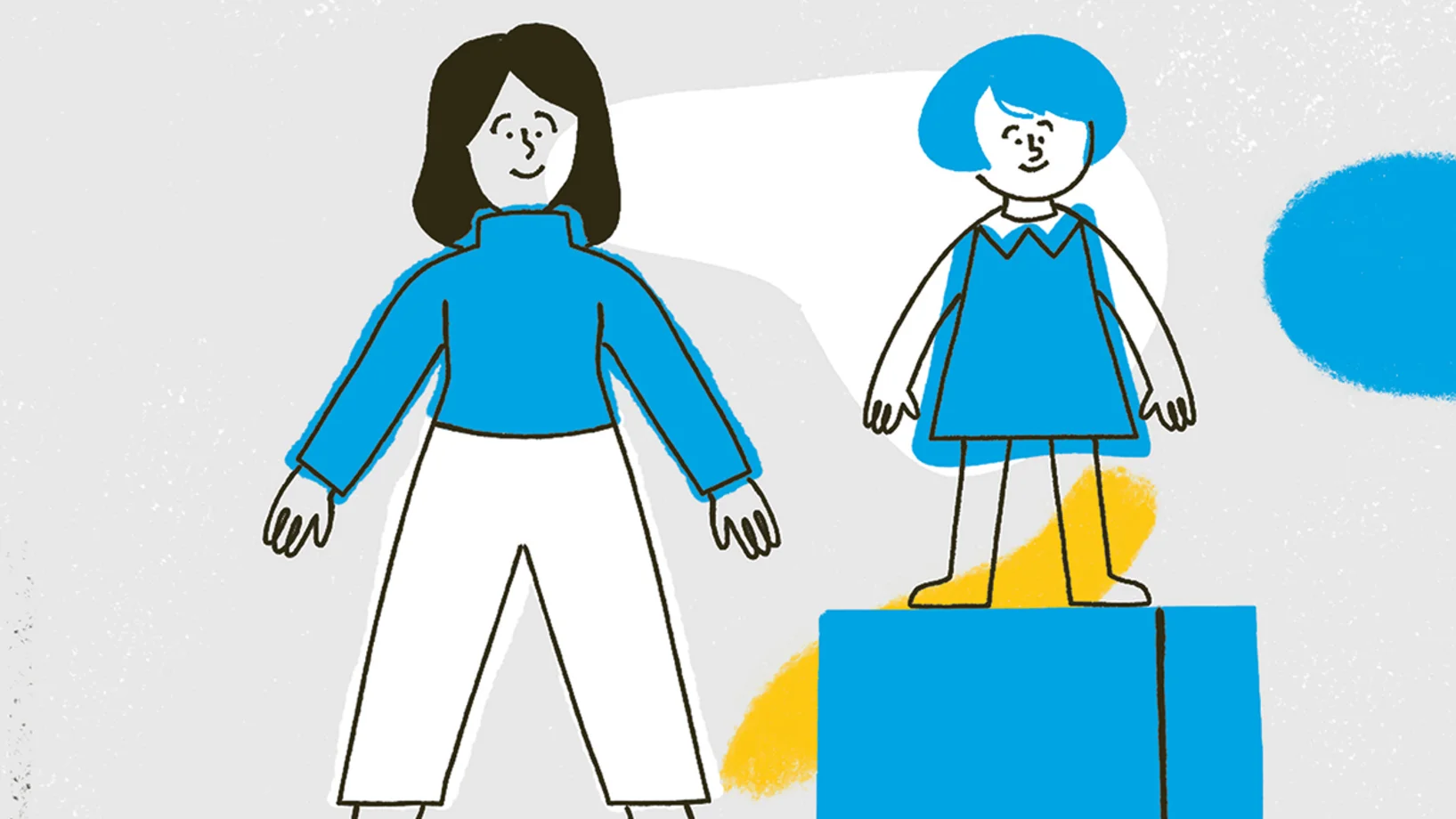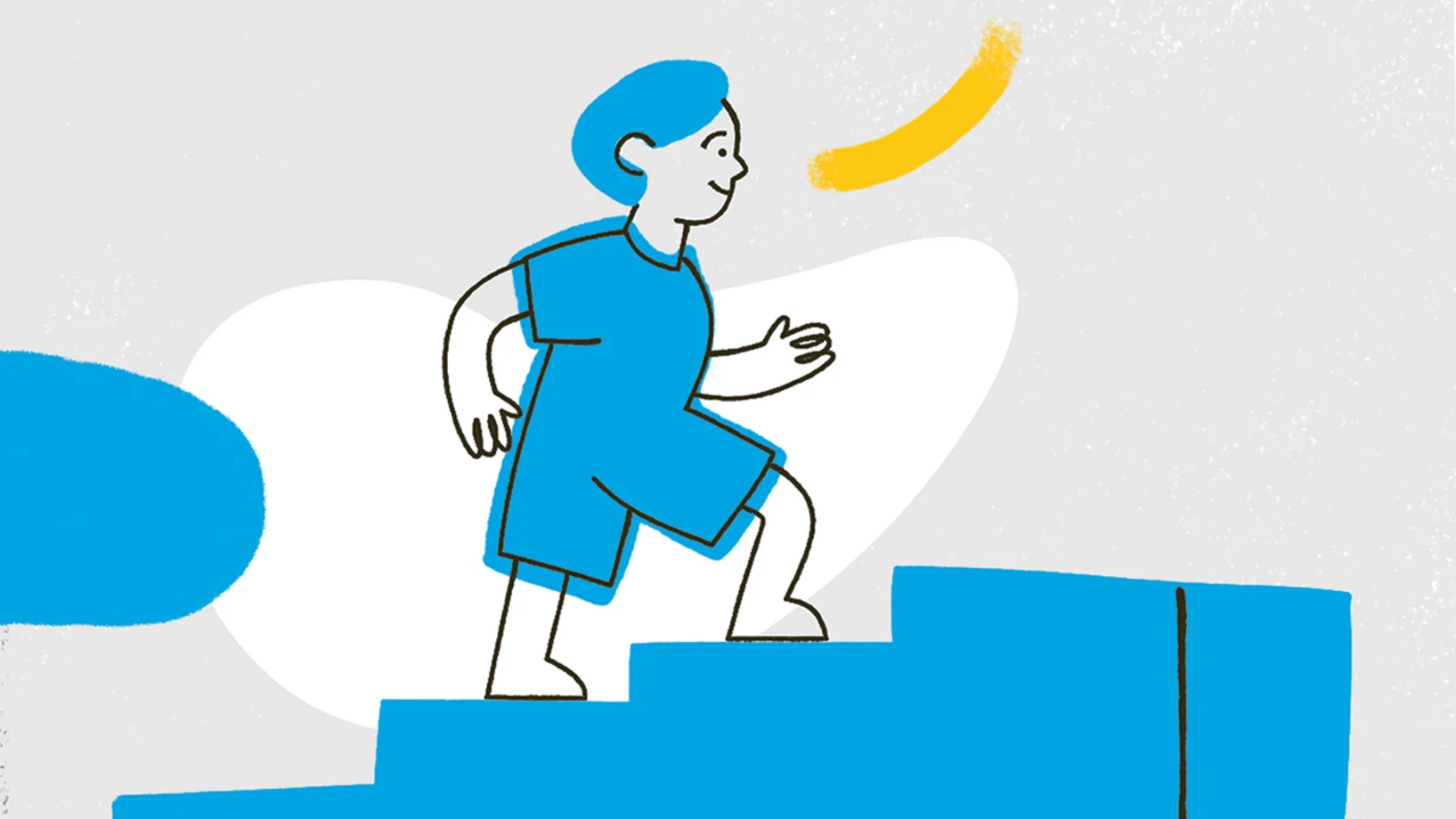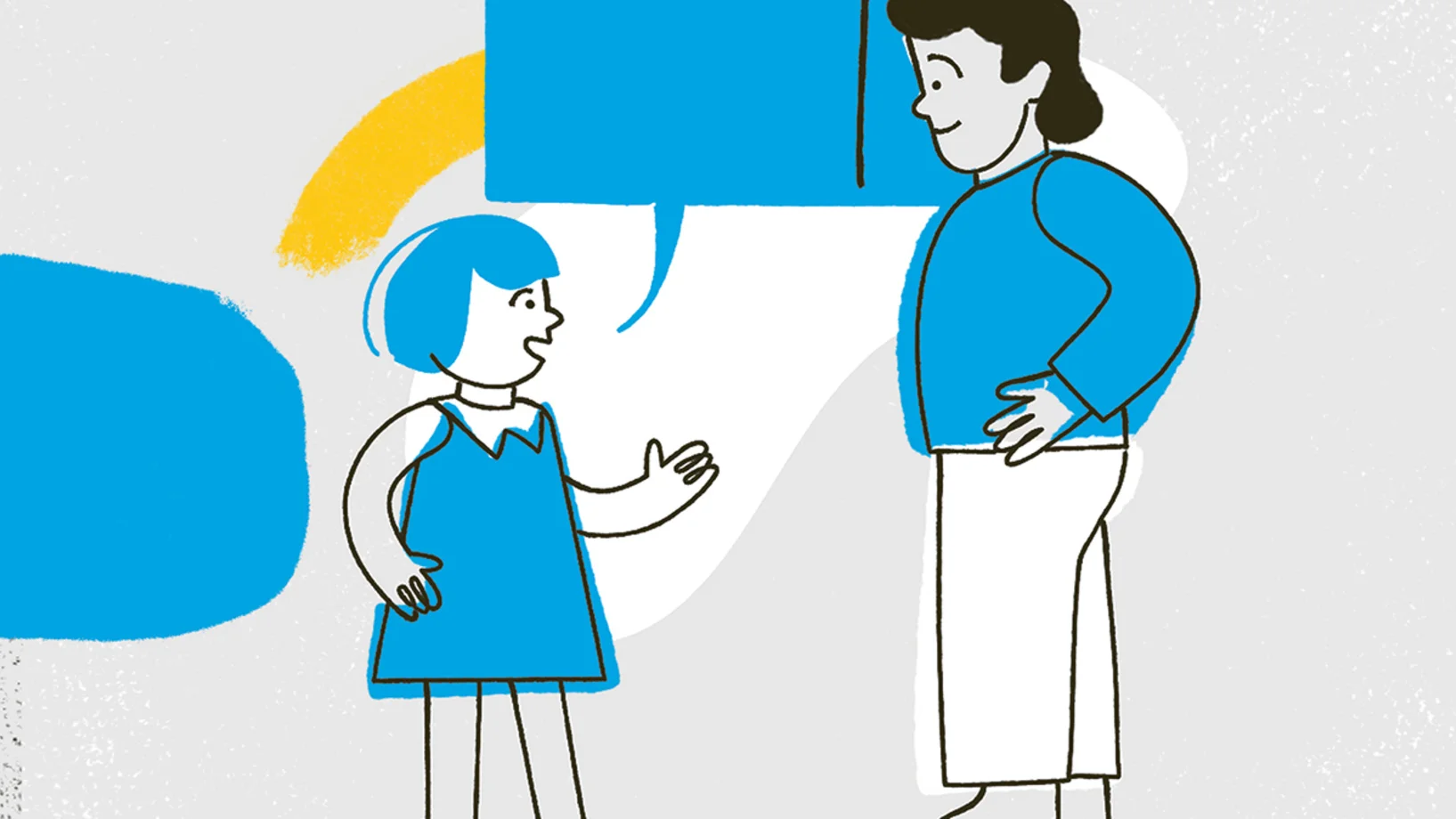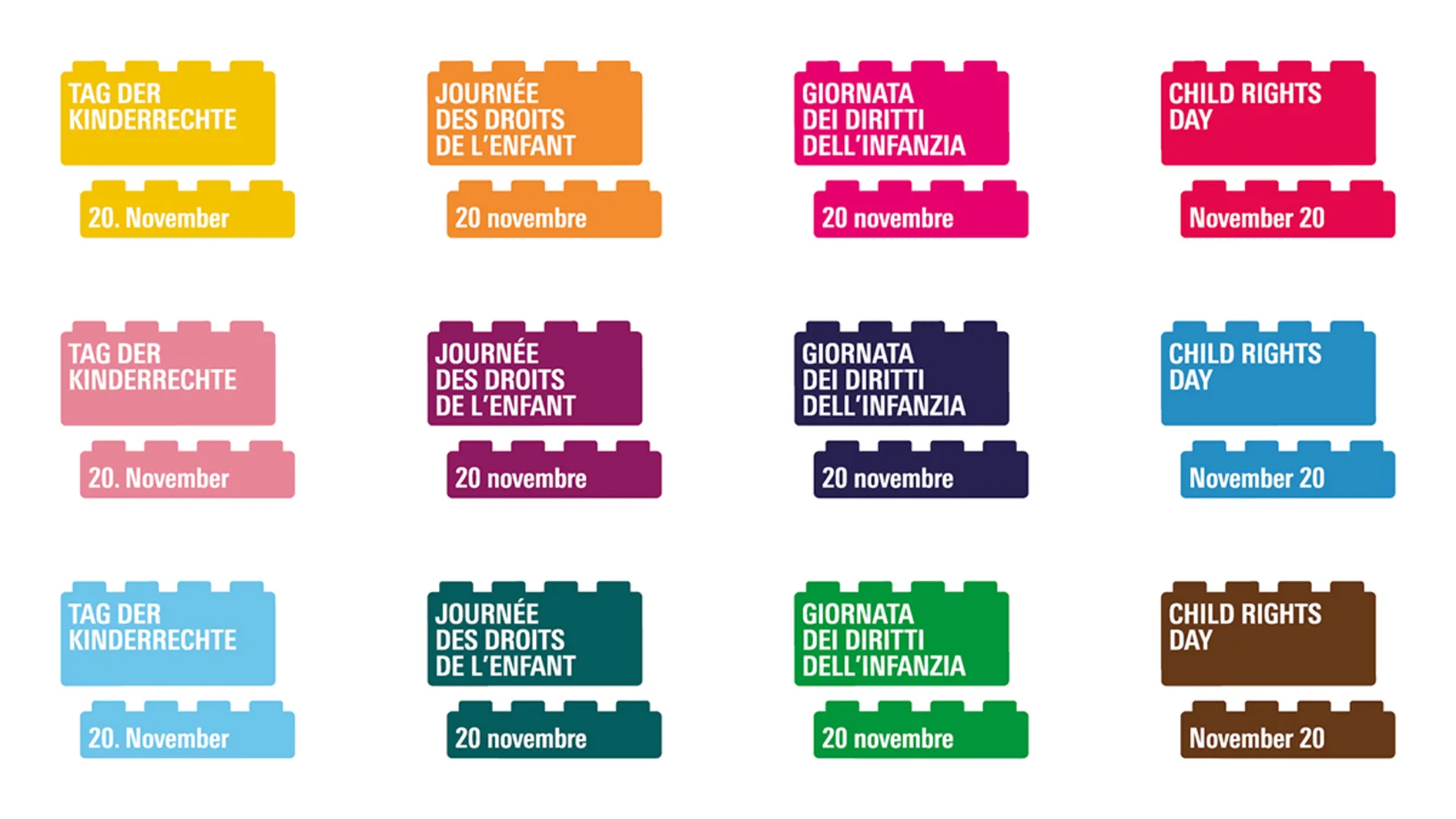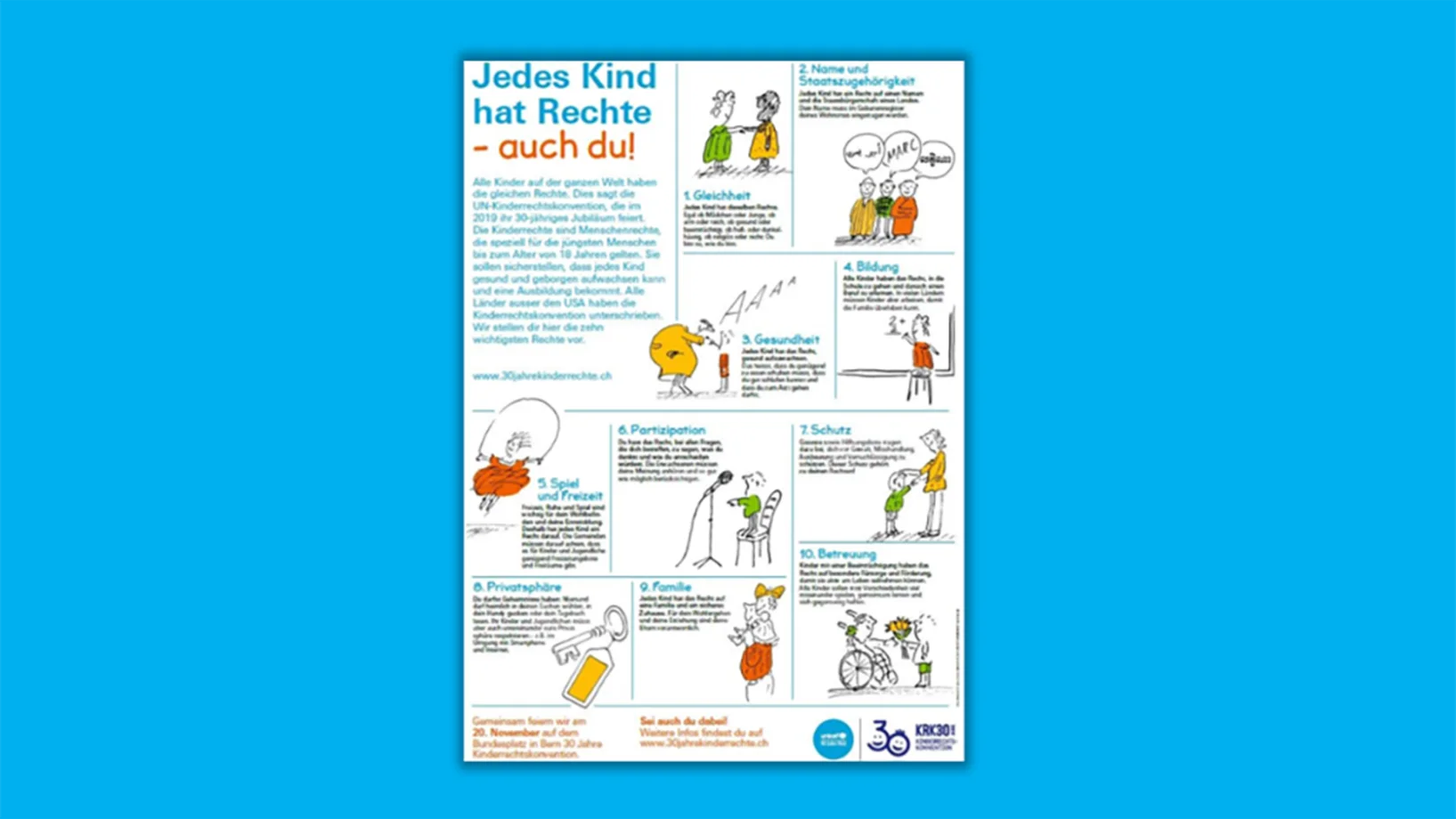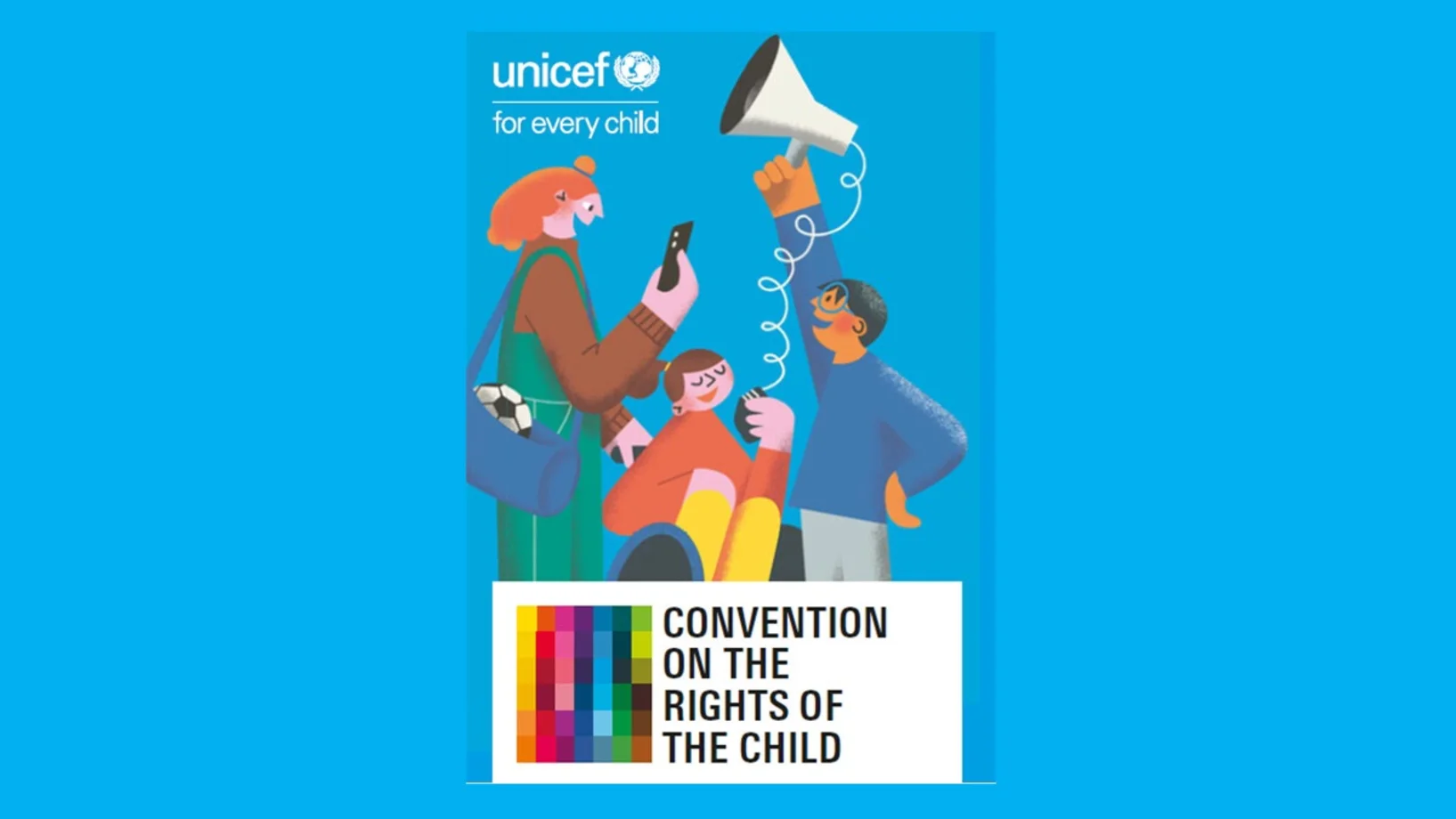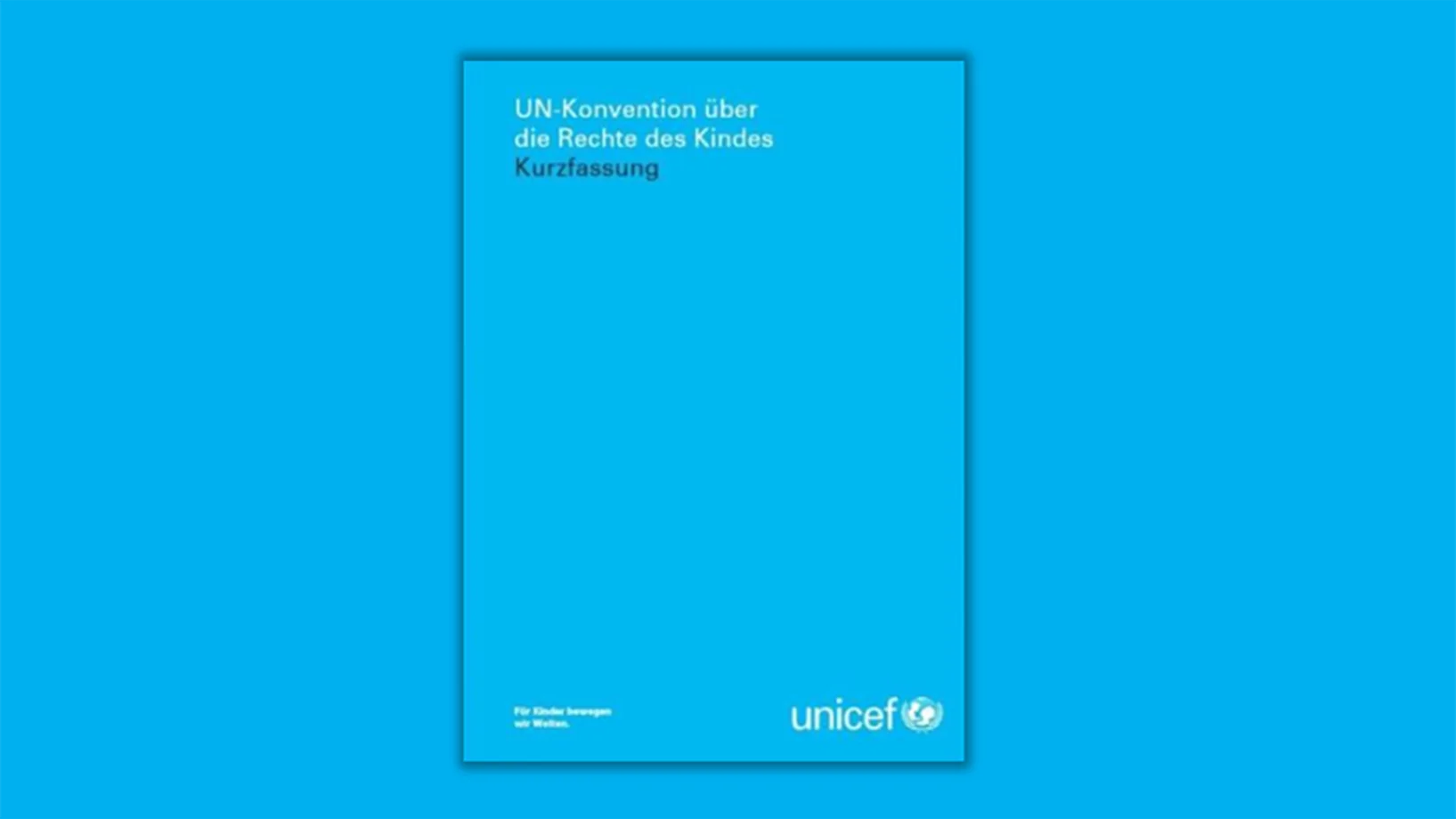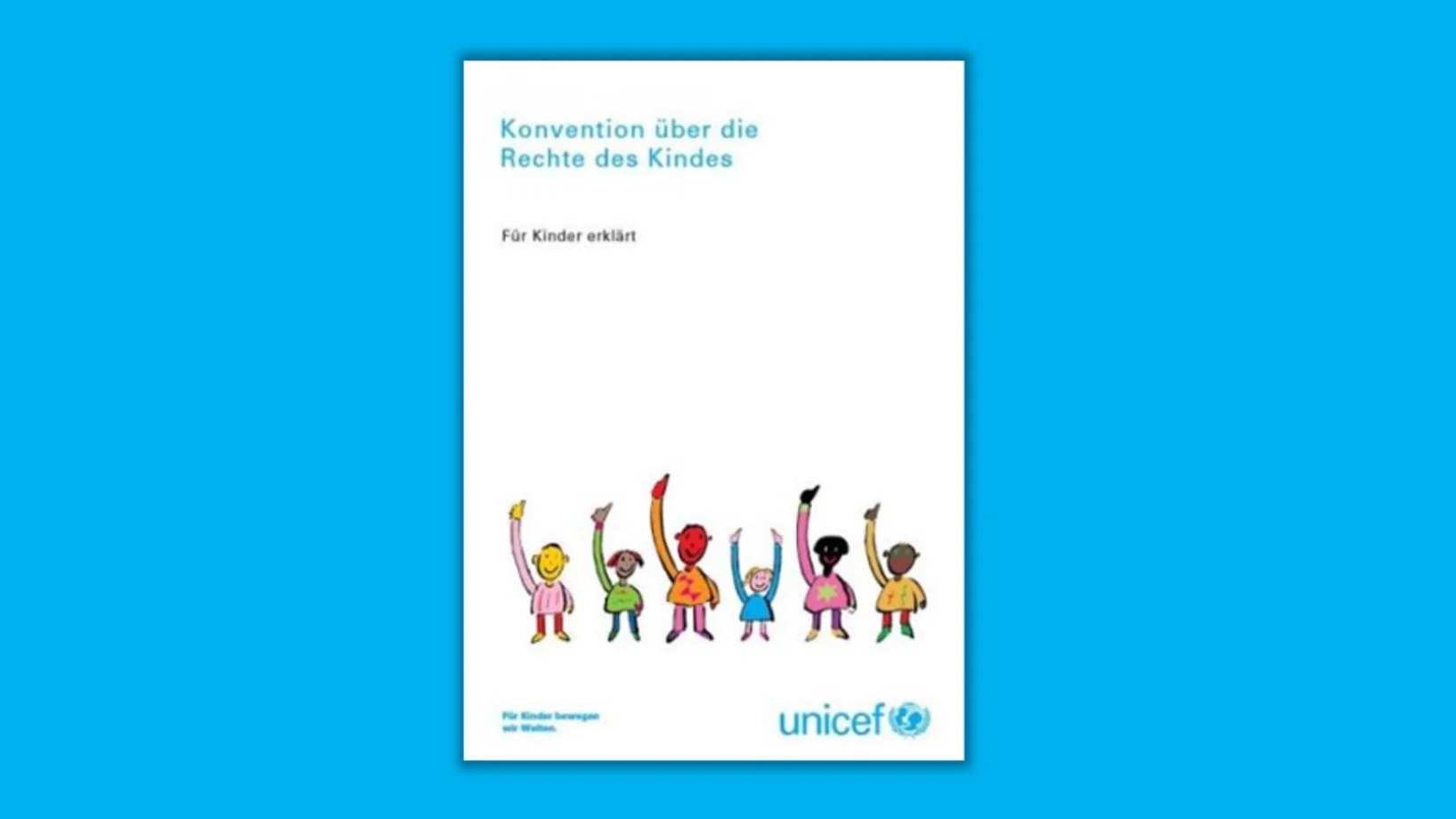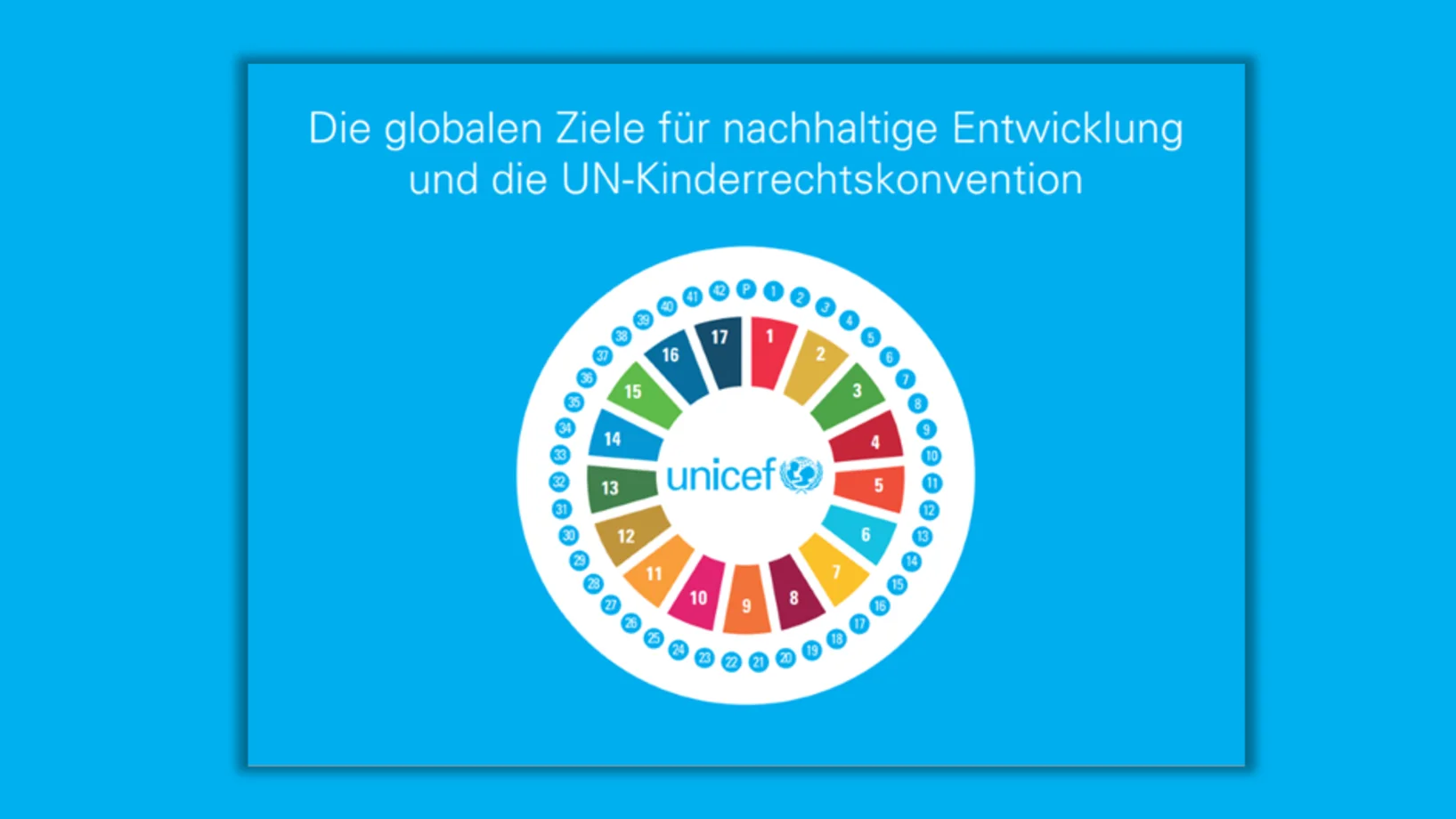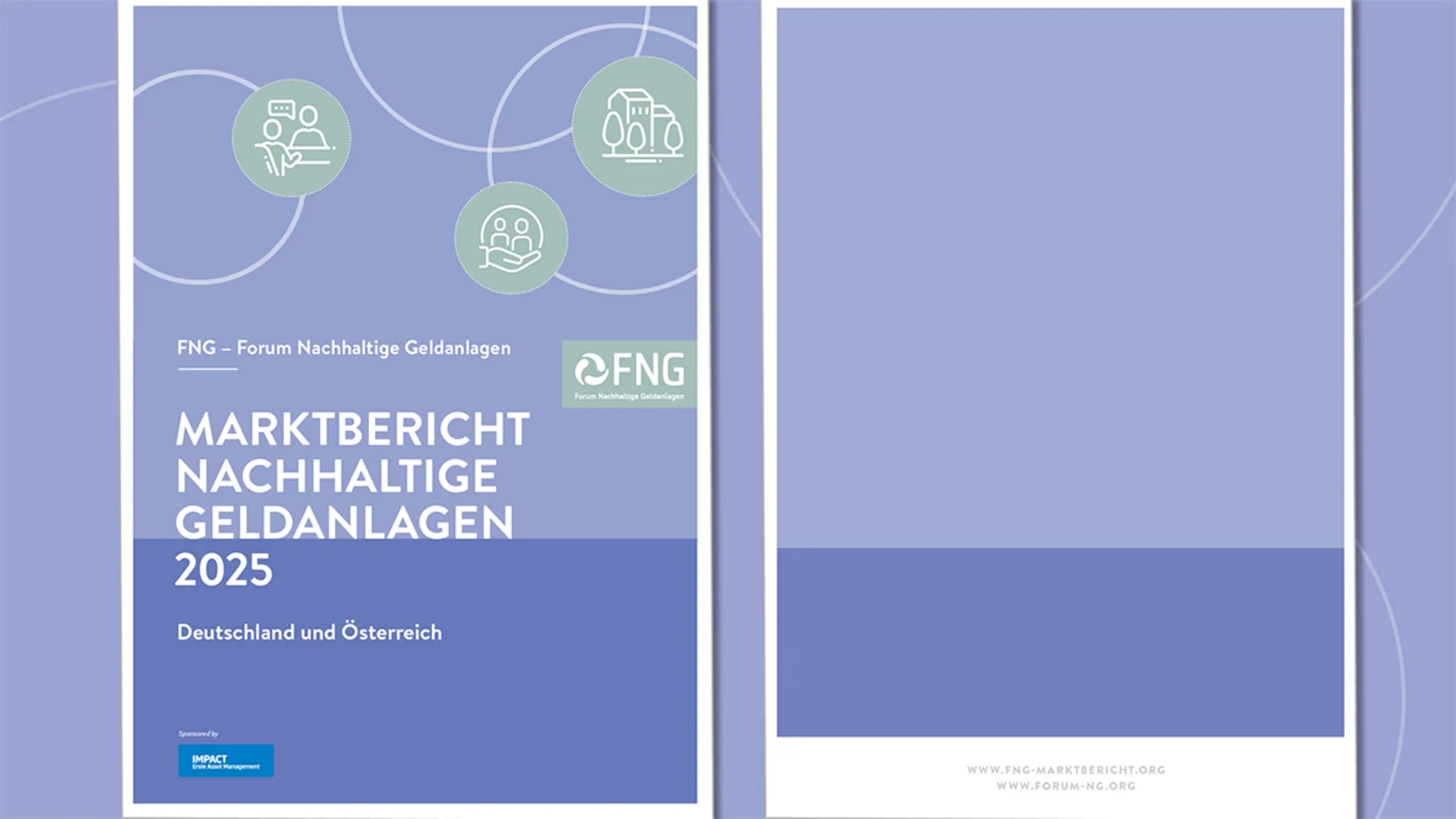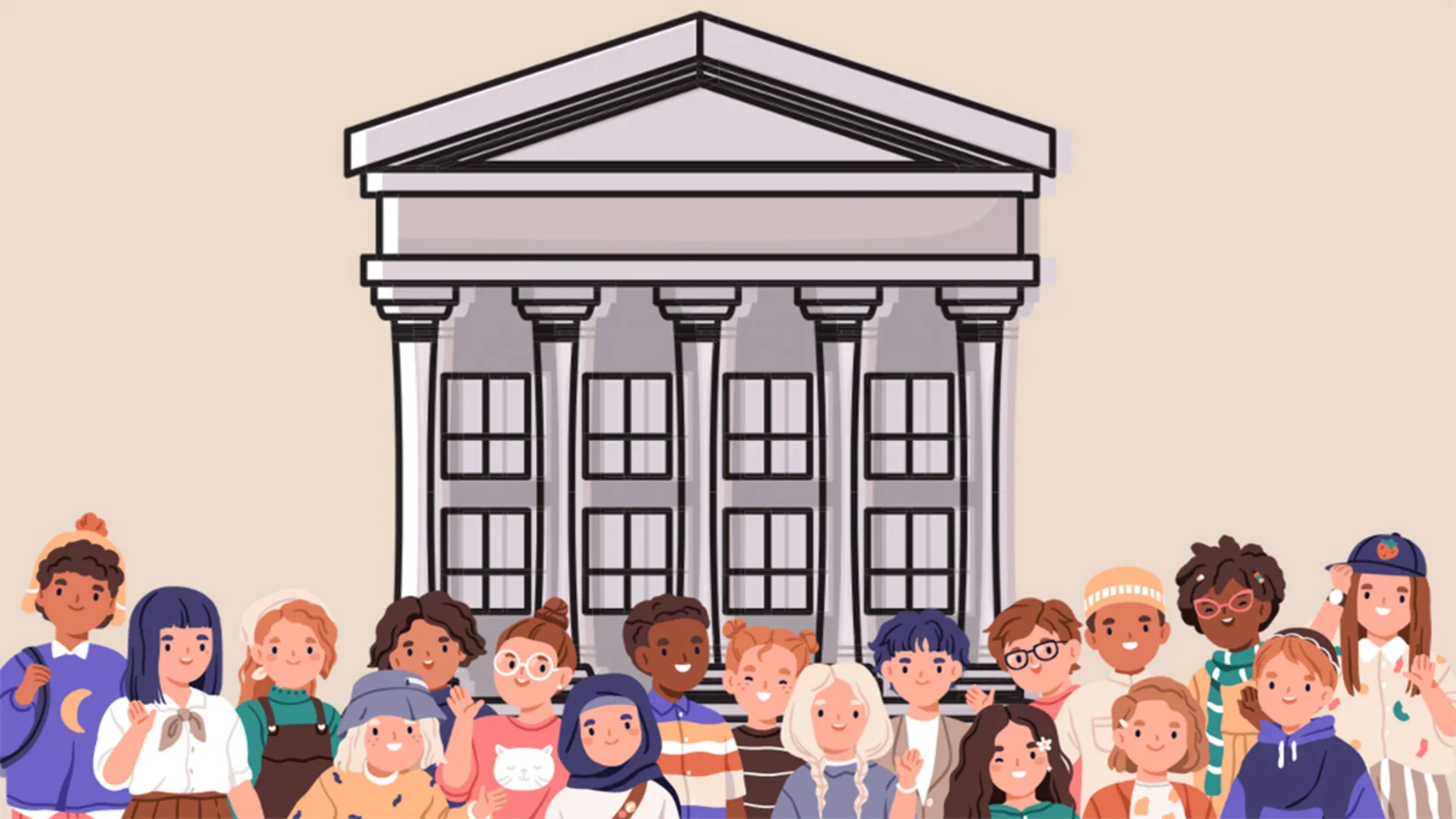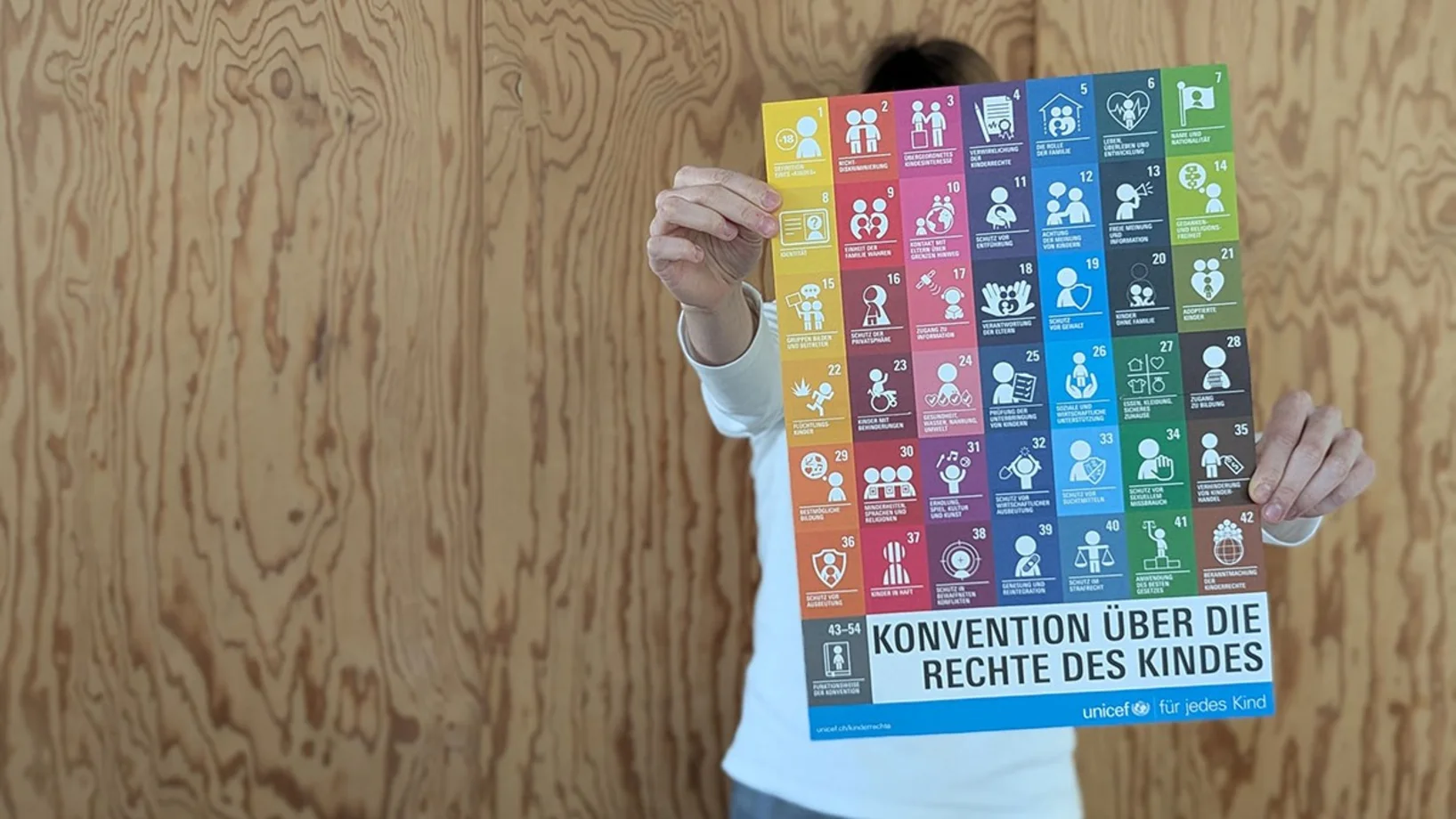
Compact guide to children’s rights
Information, activities and materials
Every child in the world has the right to grow up healthy and safe, to develop in the best way possible, to be listened to and to be taken seriously. This is what all countries of the world agreed to in the UN Convention on the Rights of the Child.
On November 20, 1989, the United Nations General Assembly adopted the UN Convention on the Rights of the Child.
The Convention on the Rights of the Child is an international human rights treaty. It consists of 54 articles that provide for children’s rights. These can be divided into rights of protection, promotion and participation. Children’s rights apply to all children and young people from 0 to 18 years of age.
Switzerland ratified the Convention on the Rights of the Child in 1997, after Liechtenstein had done so two years prior in 1995. States must ensure that children’s rights are respected and implemented in their territory. The children’s rights situation in each country is reviewed on a regular basis through the States parties’ reporting procedure.
The four basic principles of children’s rights
World Children’s Day
November 20 is World Children’s Day. On this day in 1989, the Convention on the Rights of the Child was adopted by the United Nations General Assembly.
World Children’s Day is accompanied by a host of campaigns throughout the world. The aim is to draw attention to the fact that every child has rights, irrespective of where in the world they live.
Would you like to run your own campaign for World Children’s Day? You can find inspiration below.
Get involved
Put your ideas for promoting children’s rights into action. When you post about your campaign on social media, don’t forget to tag UNICEF Switzerland and Liechtenstein so that we can see and share your post.
- Start the process to obtain the Child-Friendly Cities label.
- Get inspiration for implementing projects from our collection of case studies.
- Plan and design child-friendly spaces for children and young people using our Handbook on Planning and Designing Child-Friendly Living Spaces (DE).
- Draw attention to children’s rights through a poster campaign in public spaces.
- Start a campaign day or project week on children’s rights at your school, for example on November 20, which is World Children’s Day.
- Hold a lesson on children’s rights.
- Order our children’s rights materials, such as a poster on children’s rights to hang up in your classroom.
- Get involved and organize a fundraising campaign for children in need (DE) with your class.
- Get involved with UNICEF to help the world’s children with a partnership tailored to your company or foundation:
- For corporations
- For foundations
- Get involved on World Children’s Day and show that your corporation or foundation stands up for children’s rights. For example, with a Kids Takeover.
- Get support and information about children’s rights and business.
- Order our study “Children’s Rights in Business. An Assessment from Switzerland and Liechtenstein”.
- Become a member of UNICEF Switzerland and Liechtenstein and join us in fighting for the rights of children.
- Give children a better future and become a Global Parent. By doing so, you can support UNICEF in helping every child defend their rights.
- Support UNICEF with a general donation.
- Give a presentation about children’s rights and/or UNICEF.
- Get involved and help children in need with a fundraising campaign, for example during Star Weeks (DE). You can find ideas for fundraising campaigns (DE) here.
- Become a member of kids united (DE).
Children’s rights materials
You can download these and other materials free of charge from our online shop or order a print version.
Questions and answers about children’s rights
The Convention formulates basic global values to be applied to children across all social, cultural, ethnic and religious groups. For the first time, children are regarded as independent personalities who have their own opinions and are allowed to express them. Every UN Member State in the world except the United States has ratified the Convention.
Children and young people are in a very special phase of their lives. The younger they are, the more support and protection they need. As they grow older and more mature, the more independent and self-determined they become. Children’s rights take these developing abilities and needs into account.
In this context, children and young people are regarded as independent legal subjects. By signing the UN Convention on the Rights of the Child, Member States undertake to prioritize the wellbeing of children at all times and to implement children’s rights.
All children’s rights are equally important. There are no rights that are more or less important than others. All children’s rights are interrelated. No children’s right can be taken away from any child. The question of which children’s right is most important for any given child always depends very much on that child’s individual situation.
There are a total of 54 articles in the Convention on the Rights of the Child, which sets out children’s rights. These can be divided into rights of protection, promotion and participation.
You can find the full text of the Convention on the Rights of the Child here.
The Convention on the Rights of the Child has four basic principles:
- Right to non-discrimination
- The best interests of the child are the primary consideration
- Right to life, survival and protection
- Right to participation
Yes, because one of the basic principles of the Convention on the Rights of the Child is the right to equal treatment. This means that children’s rights apply equally to every child from 0 to 18 years of age without restriction, regardless of where they come from, what gender they are, what religion they belong to, whether or not they have a disability, etc.
Children’s rights can be discussed in a range of settings, for example in the classroom. We provide handouts and materials in simple language, such as a version of the Convention on the Rights of the Child in an easy-to-read pocketbook or poster format.
Information in child-friendly language can be found on our materials page.
The UN Convention on the Rights of the Child is at the heart of our work, closely linked to the Universal Declaration of Human Rights. UNICEF was established in 1946 to help the many children left in need after the end of the Second World War.
UNICEF is committed to ensuring that children’s rights are respected in every country around the world, especially developing and emerging countries. UNICEF supports programs in more than 190 countries, enabling children to make their rights to survival, learning, protection from violence and exploitation, a clean environment, and equal opportunities a reality.
Children’s rights apply to every child around the world, including here at home. While most children in Switzerland and Liechtenstein have a good life, some are affected by violence or are marginalized. Many children grow up in poverty, and we are still a long way from the wellbeing of children and young people being viewed as a genuine political and social priority.
UNICEF wants to ensure that the perspectives of children are considered more, through publications, media work, participatory campaigns and in direct dialog with politicians.
The state is primarily responsible for implementing children’s rights. This means that the federal, cantonal and municipal governments and administrations are responsible for complying with and promoting children’s rights.
However, all other parties, such as companies, organizations and adults, as well as children and young people themselves, must also respect children’s rights.
The government is required to submit regular reports on the implementation of children’s rights to the UN Committee on the Rights of the Child. Civil society representatives prepare an alternative report. These reports can be downloaded from our information page on the States parties’ reporting procedure.
Over the years, Optional Protocols have been added to the Convention on the Rights of the Child to expand it in a number of especially important areas.
- The first deals with child trafficking, child prostitution and child pornography.
- The second addresses the involvement of children in armed conflict.
- The third reinforces the mechanisms allowing children and young people to submit individual complaints to the UN Committee on the Rights of the Child.
All three optional protocols have been ratified by Switzerland and Liechtenstein.
Human rights, such as those set out in the United Nations’ Universal Declaration of Human Rights and the European Convention on Human Rights, apply to all people, including children and young people.
The Convention on the Rights of the Child applies specifically to people under the age of 18 and guarantees additional protection and assistance for this age group. It also makes clear that children and young people are independent persons with their own rights.
The idea of children’s rights first emerged in 1924. The League of Nations’ Children’s Charter of that year was a response to the situation faced by child refugees after the First World War. It was not legally binding and became invalid with the dissolution of the League of Nations in 1946.
The UN adopted the first Declaration of the Rights of the Child on November 20, 1959. However, this was scarcely more binding than the 1924 Charter.
In 1978, Poland submitted the first draft of a Convention on the Rights of the Child. This was followed by a second, revised draft in 1980, which ultimately formed the basis for drawing up the final version of the Convention. This was finally adopted by the UN General Assembly on November 20, 1989.
Children’s rights apply all over the world. However, they are not respected everywhere.
The United Nations General Assembly adopted the Convention on the Rights of the Child in 1989. It was subsequently ratified by almost every country around the globe and is the most ratified human rights treaty in the world.
The Convention on the Rights of the Child was ratified by Switzerland on February 24, 1997, and entered into force on March 26, 1997.
In Liechtenstein, the Convention was ratified on October 31, 1995, and entered into force on January 21, 1996.
The Convention on the Rights of the Child was adopted by the UN General Assembly on November 20, 1989. That's why we celebrate World Children’s Day every year on November 20.
Agenda 2030, with its 17 Sustainable Development Goals (SDGs), was adopted in 2015. All Member States of the United Nations have thus undertaken to develop and implement sustainable solutions to poverty and hunger, and to global challenges such as urbanization, climate change and violent conflict.
Through the Sustainable Development Goals, the international community aims to sustainably advance economic, social and environmental development by 2030 and create a sustainable and fairer world for all. On the path to sustainable development, no one, including children, should be left behind. “Leave no one behind” is the key guiding principle underpinning Agenda 2030.
With this in mind, every Sustainable Development Goal is highly relevant for children and their wellbeing. Many of the goals are even directly related to one or more children’s rights.
The Sustainable Development Goals cannot be achieved without realizing children’s rights.
If you would like to learn more about the links between the individual articles of the UN Convention on the Rights of the Child and the global Sustainable Development Goals, explore our interactive mapping.
UNICEF Children’s Rights Newsletter
Our Children’s Rights Newsletter keeps you up to date about our work in Switzerland and Liechtenstein and about other exciting events and projects.
